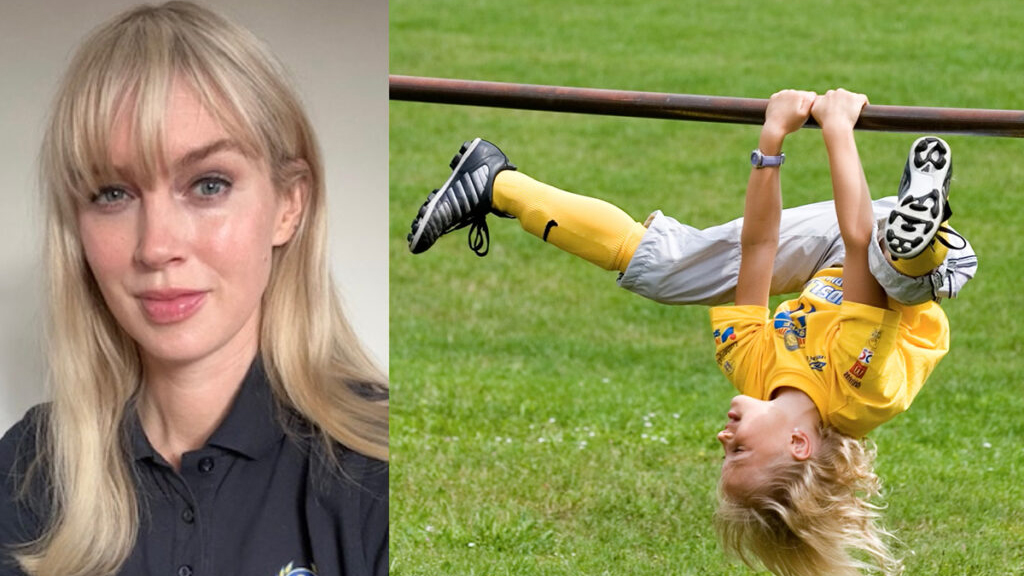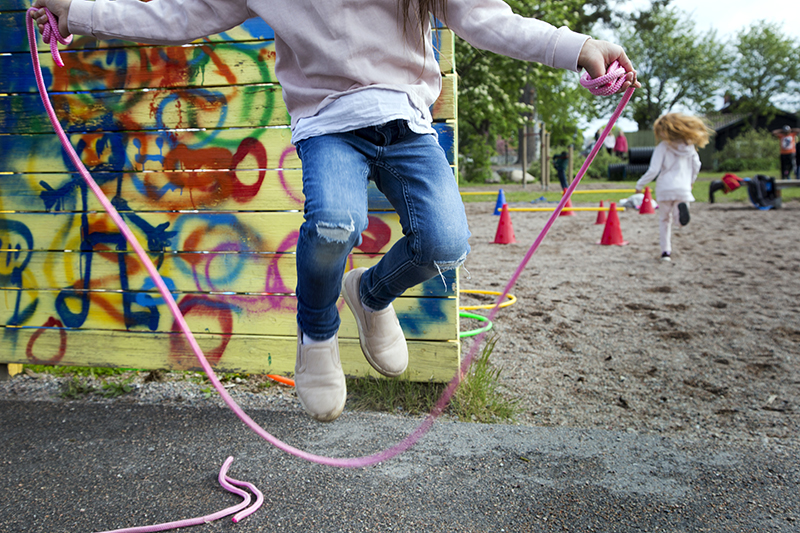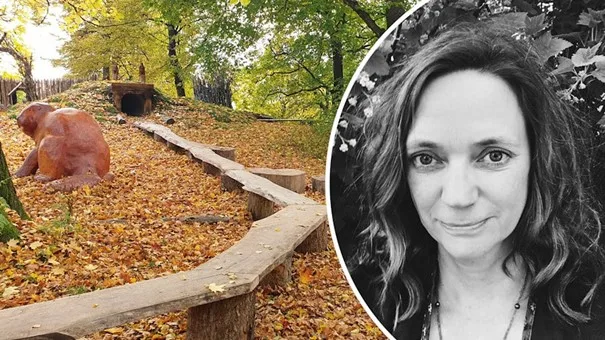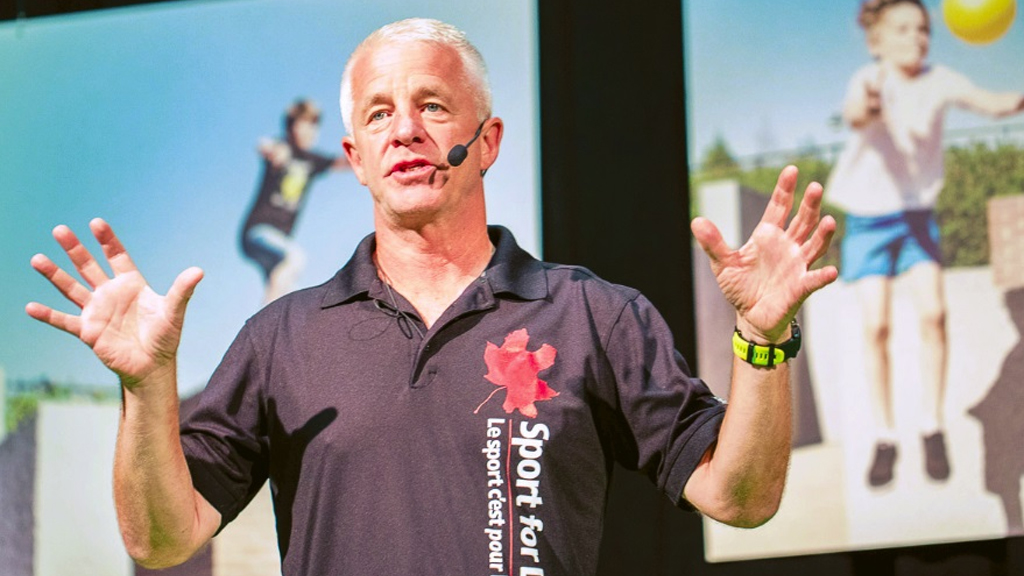Welcome to the Make a Move website: a knowledge hub for expertise, experience and good examples on how we can create a movement-rich society. Here, Julia Hildorzon, project manager of Make a Move, explains why we need to take a new approach to movement.
Why should we invest in physical literacy in society?
- Because people are becoming increasingly sedentary, even though we know how important movement is for us. We need a new approach instead of what we've been trying to do for the last 50 years in the form of scare tactics: 'Move or you'll get sick! Physical literacy focuses on getting people excited and interested. Here we work to make a shift in both attitudes in different arenas and through physical environments. The challenge is to create positive movement experiences. If we as individuals accumulate enough, the chances increase that we will want to move in different contexts throughout life. Another strength of physical literacy is that it recognizes that all people with a body have potential. It is not based on age, gender or geography. Make a Move is truly a heartfelt attempt to get everyone on board.
- You are employed by RF-SISU Västra Götaland: What is your role in Make a Move?
RF-SISU Västra Götaland is project managing the initiative, acting as an engine and enabling collaboration across organizational boundaries. We have taken the responsibility to act as a neutral party so that more people will feel that they can apply physical literacy in their activities. Naturally in sports, but also in schools and preschools, design of urban environments, healthcare, cultural activities and more. With the Västra Götaland region as a co-financier, we had the opportunity to take on that task.
How does physical literacy relate to RF-SISU's mission?
- RF-SISU's mission is to strengthen sport and we see that physical literacy is a tool that provides great opportunities for that. Anyone who develops good physical self-confidence feels confident in trying different sports. The sports movement is good at attracting children, but many stop playing sport in their early teens. With physical literacy as an approach, associations can find new ways: do we always have to train in this room or can we have some training in another place? Does everyone have to train three times a week or can you choose your level? Do you have to start as a young child to have a chance to keep up, or can people join later in life? Physical literacy helps us to design an association life where more people can, want and dare to join.
Do you think Make a Move has the potential to really make a difference?
- Yes, I think so. We try to inspire and gather the knowledge that exists and make it available, for example through the Movement Council, lectures, trainings and this website. In Make a Move, different social actors consult across borders and that is a key to creating change. You need to act in many different arenas at the same time, and we clearly see that the will is there. Once you start using physical literacy as an approach, you cannot fail to see the value of it.
When we open up conversations about how to get more residents in the municipality to want, dare and be able to be more active, for example, the answer is no longer to order an outdoor gym. When we open up conversations about how to get our children to grow up in a society where they learn to manage risks, challenge their physical abilities and strengthen their self-confidence, the answer is not to say no to all games and games that involve factors such as height or speed. We need to be challenged at the societal level and as adults to find solutions that work for more people.




